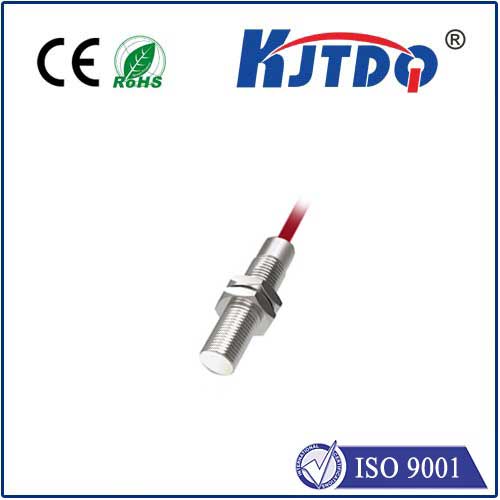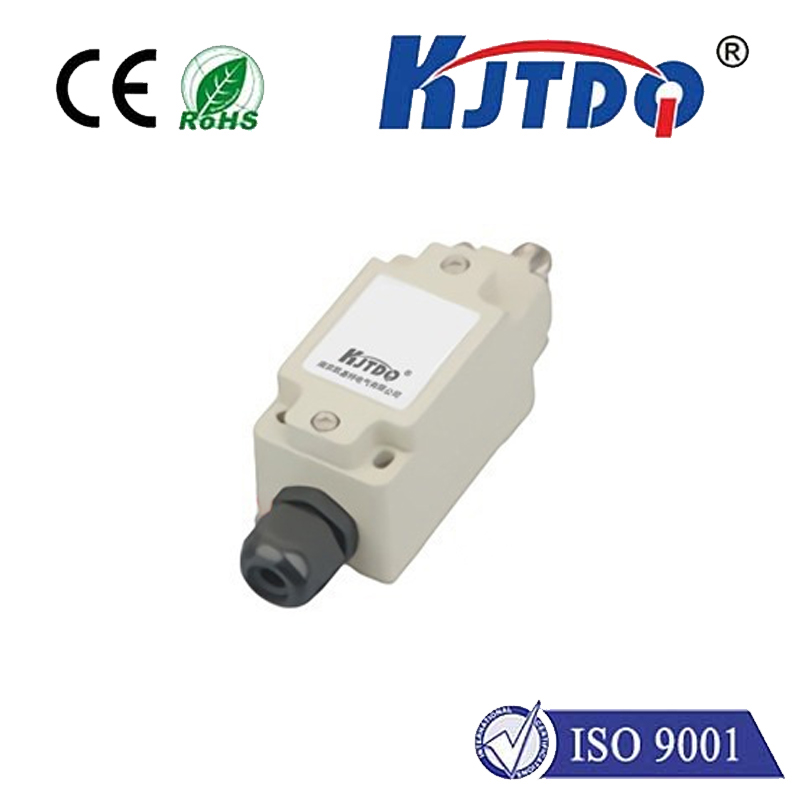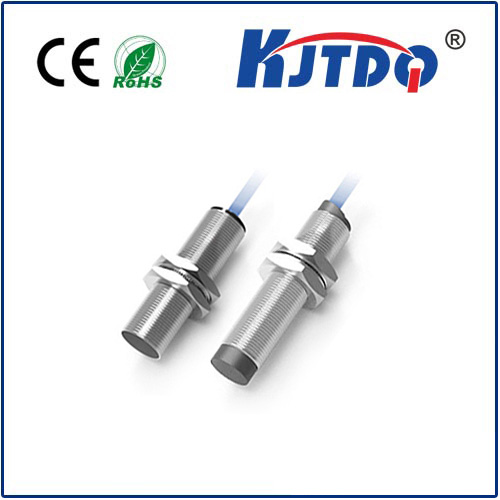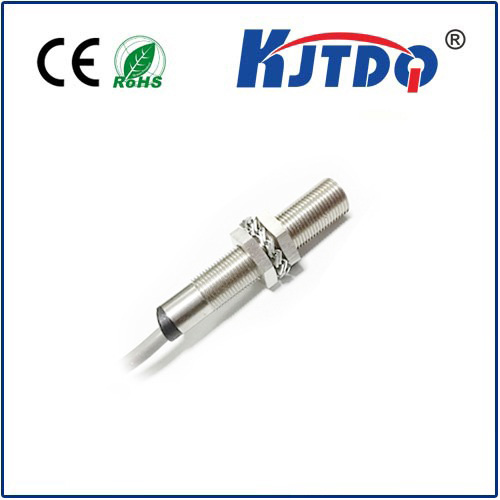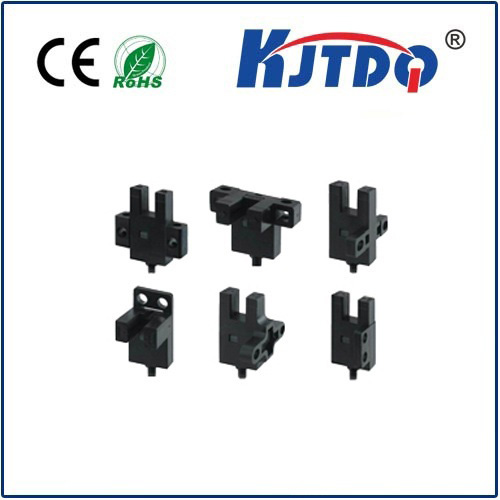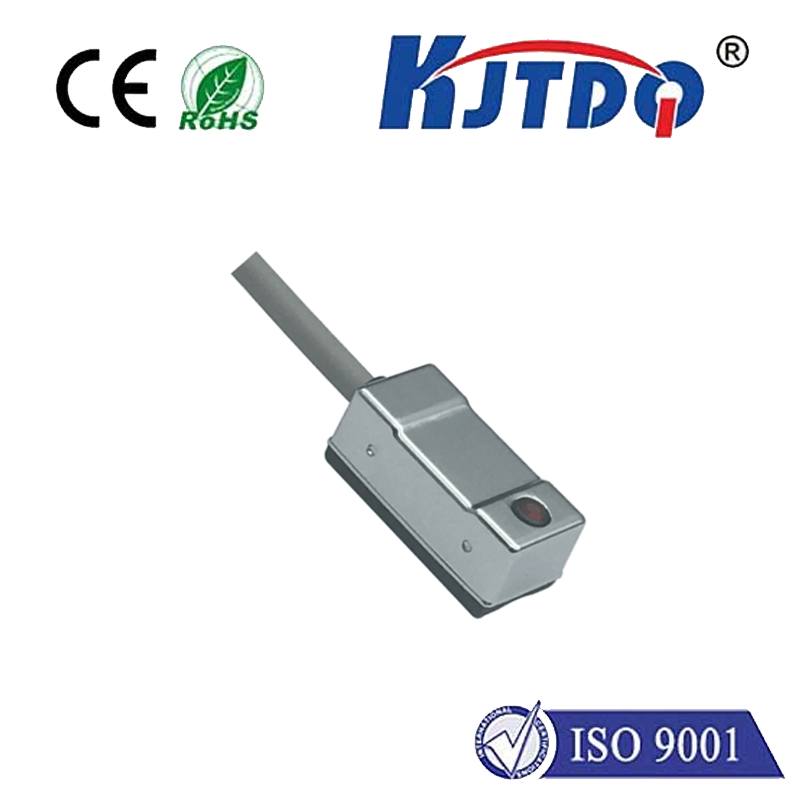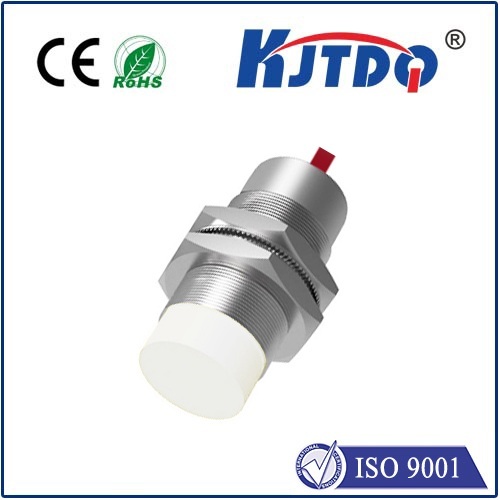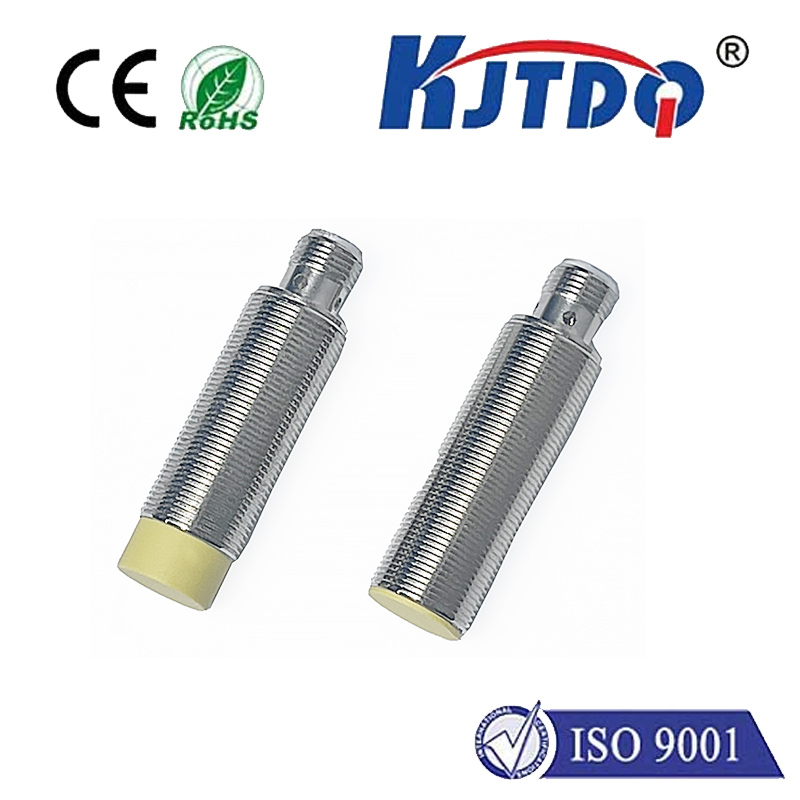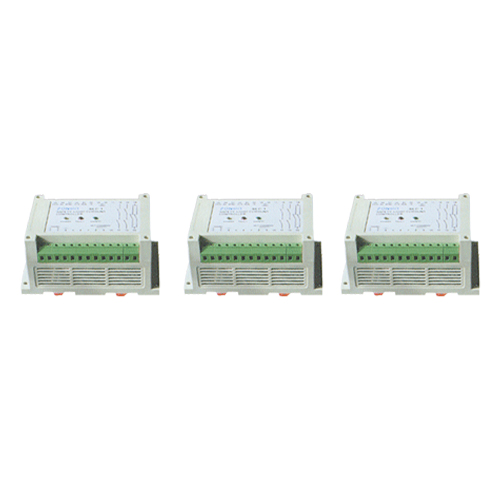Imagine your phone screen instantly dimming as it approaches your ear during a call, a factory robot arm gracefully halting millimeters from an unexpected obstacle, or your car effortlessly parking itself by precisely gauging the distance to the curb. All these feats rely on an often unseen, unsung hero: the proximity sensor. But what happens when these vital components get stronger? We’re entering an era where advancements are creating proximity sensors that are more robust, sensitive, versatile, and reliable than ever before, unlocking new possibilities across countless industries.
For decades, proximity sensors have been essential workhorses. Fundamentally, they detect the presence or absence of an object within a specified range without physical contact. Common types include:
While effective, traditional sensors had limitations. Sensing distances could be restricted, especially for non-metallic objects with capacitive sensors. Environmental factors like extreme temperatures, heavy dust, chemical exposure, or strong electromagnetic interference (EMI) could degrade performance or cause failures. False triggers or missed detections in complex scenarios were not uncommon.
So, what makes a proximity sensor “stronger” in today’s context? It’s a multi-faceted evolution focusing on several key areas:
Enhanced Range and Sensitivity: Modern stronger proximity sensors boast significantly increased sensing distances. This is achieved through refined coil designs in inductive sensors, more efficient ultrasonic transducers, and sophisticated signal processing algorithms. Higher sensitivity allows detection of smaller objects or objects with weaker signatures (e.g., thin foils, specific plastics) from further away. This expanded operational bubble provides greater flexibility in machine design and safety buffer zones.
Unmatched Ruggedness and Durability: The demand for sensors in harsh industrial environments (think mining, chemical plants, food processing, heavy machinery) has driven the development of incredibly robust housings. We now see sensors rated for extreme temperatures (both high and low), constructed with corrosion-resistant metals or specialized polymers, and featuring exceptional ingress protection (IP67, IP68, IP69K) ratings against dust and high-pressure water jets. Антивиброустойчивость and shock immunity are also greatly improved, ensuring reliable operation on moving equipment or in areas prone to impact.
Intelligence and Noise Immunity: Stronger doesn’t just mean physically tougher; it means smarter. Advanced digital signal processing (DSP) effectively filters out environmental noise – EMI from motors, acoustic interference for ultrasonics, or ambient light for optical sensors. This results in dramatically reduced false triggers and vastly improved reliability even in electrically noisy factories or fluctuating environmental conditions. Embedded diagnostics capabilities are also becoming more common, allowing for predictive maintenance and easier troubleshooting.
Greater Versatility and Specificity: The lines are blurring. We see hybrid or dual-mode sensors emerging, combining technologies (e.g., inductive and capacitive) within a single housing to handle a wider variety of target materials. Tunable sensitivity allows customization on-site for specific applications. Certain stronger proximity sensors are also designed for high-precision positioning tasks, going beyond simple presence/absence detection to provide accurate distance feedback.
The Ripple Effect: Where Stronger Proximity Sensors Make a Difference
The impact of these advancements is profound:
Looking Ahead: The Future is Sensitive (and Strong)
The evolution of proximity sensors is far from over. We can anticipate further integration of sensing technologies, leveraging sensor fusion for even greater contextual awareness and reliability. Power efficiency will continue to improve, especially critical for battery-operated IoT devices. The pursuit of miniaturization without compromising strength or range remains a key driver.
The quest for a Более мощный датчик приближения. is fundamentally about building more intelligent, resilient, and adaptable systems. By pushing the boundaries of detection range, environmental durability, and noise immunity, these next-generation components are quietly becoming indispensable enablers of automation, safety, and efficiency across our increasingly connected and automated world. They may operate unseen, but their robust presence is making technology work harder, smarter, and safer for us all.
